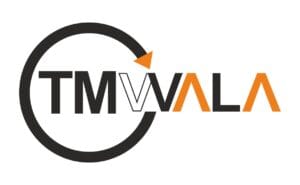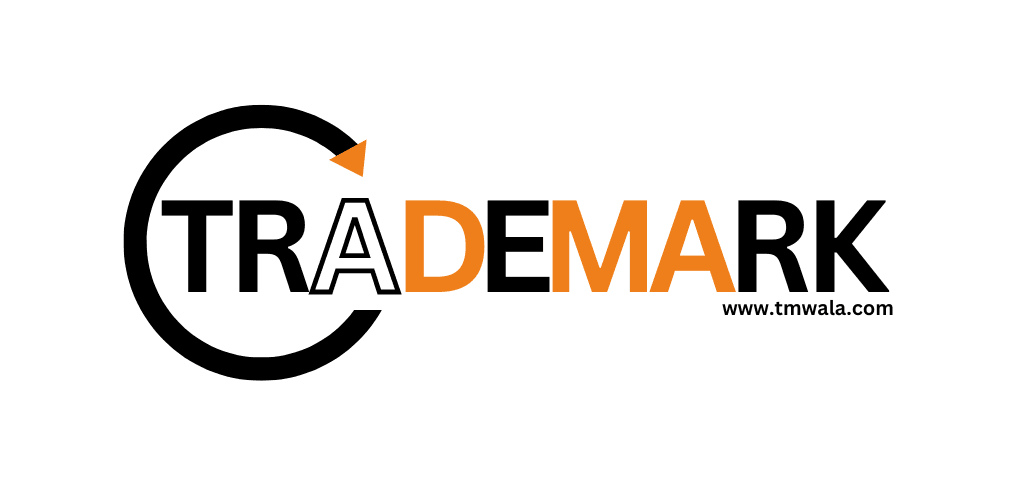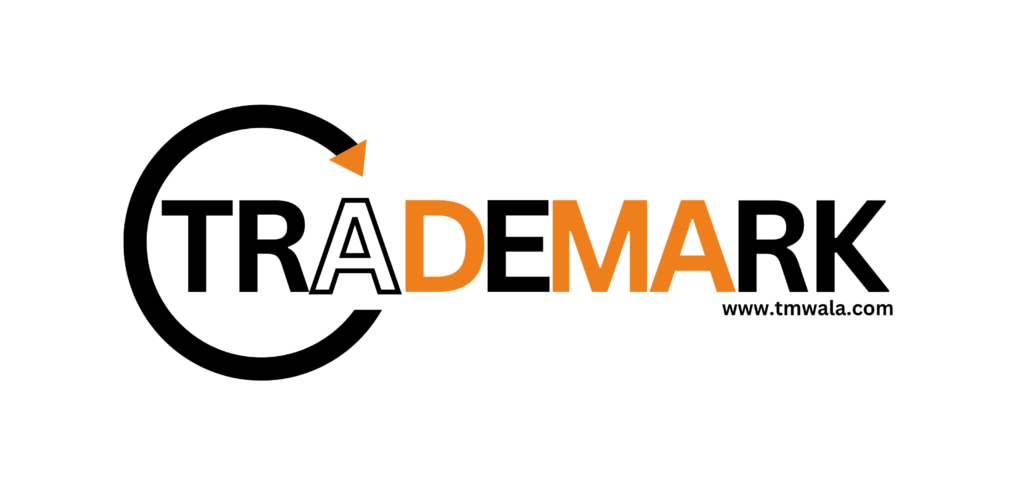
INTRODUCTION
The transforming economy of India has brought intellectual property to the forefront of economic development. With the growing number of new startups and technology-driven enterprises, the role of intangible assets like trademarks, trade dress, copyright, and patents has become crucial. The exclusive IP rights of IP owners have become economic tools for them, that help them to grow their business and attract more investment.
In a country like India, where start-ups often don’t get good funds and access to capital is hard, IP-backed finance helps them explore all the options they can have to build their business. The IP-backed finance is a concept that uses intellectual property rights as collateral for loans, which help the business to get finance globally.
In this article, we discuss what IP-backed finance entails, its types, benefits, challenges, and notable case studies along with how platforms like TMWala can play a pivotal role in facilitating IP-driven financing models.
In India, IP-backed financing has gone through a long journey with several developments, including the National IPR Policy and provisions in the SARFAESI Act, 2002, which recognised intangible assets as “Property”.
The government, recognizing the growing importance of intellectual property, has also taken various steps to promote development in the financial department, which includes IP as a financial asset. The National IPR policy encourages IP securitization to support commercialization. Despite this developing approach, India has yet to witness large-scale success in IP-backed financial transactions.
TMWala, as a comprehensive IP monetization and management platform, can assist startups and businesses in understanding the value of their intellectual property assets and prepare them for leveraging these assets in financial transactions. With expert tools for IP valuation and portfolio structuring, such platforms can bridge the gap between legal recognition and commercial viability.
IP assets for finance can be categorized into two types:
1. Formal IP
This covers those IP assets that are easily monetized, identified, and legally protected. Intellectual property, like industrial design, copyrights, trademarks, and patents are example of such assets. These are formal IPs that have legal status, and investors are more likely to accept them.
2. Informal IP (or Know-how)
In this, assets like trade secrets, supplier chains, procedures, and brand reputation are included as informal intellectual property. Although they are very helpful on practical grounds, the financial institution finds them less appealing because they are difficult to measure and do not have the same legal protection as formal IP assets do. While approving loans, financial institutions in India have mostly taken formal intellectual property into account. But if we talk about international practice, even informal IP assets are considered as reliable source of security.
1. Expanding Access to Capital
IP-backed finance provides a new way for Indian start-ups to raise money if they are having trouble meeting the standard collateral requirements. This is especially important in the biotech and technology industries, where intellectual property (IP) has significant value, and where physical assets may be scarce.
2. Diversification of Collateral Pools
By integrating intangible assets into its investment frameworks, IP-backed financing enables financial institutions to diversify their risk. Additionally, this change is in line with contemporary valuation methods and worldwide best practices.
3. Protecting Personal Assets
Founders are typically expected to provide personal guarantees. By reducing the need for such guarantees, using intellectual property as collateral protects individual wealth while facilitating corporate growth.
4. Appreciable Nature of IP
In contrast to structures or machinery, intellectual property (IP) can increase in value over time as a result of branding, market share, or possible licensing. A powerful patent or trademark can raise a company’s value or produce long-term royalties, making it a more desirable asset for banks.
Even with the obvious advantages, several obstacles still prevent IP-backed funding from being widely used in India:
1. Complex and Subjective Valuation
A combination of technical, legal, and business knowledge is needed to value intangible assets. An IP asset’s value is greatly influenced by some factors, including lifetime, competitive advantage, market demand, and possible litigation. Indian banks frequently lack the internal resources necessary to carry out these complex appraisals.
2. Rapid Technological Obsolescence
Existing patents may soon become outdated due to the rapid pace of invention in fields like biotechnology and information technology. Therefore, lenders run the risk of their intellectual property depreciating throughout the loan, which would make recovery more difficult.
3. Legal and Regulatory Ambiguity
The legal issues are brought to light by the Canara Bank v. N.G. Subbaraya Setty case. The Supreme Court demonstrated the limitations of conventional legal interpretations when it decided against the bank acquiring a trademark because it was not covered by the initial security agreement. Furthermore, enforcement is complicated by regulatory inconsistencies between the SARFAESI Act and the Banking Regulation Act.
4. Weak IP Enforcement and Market for Resale
IP rights enforcement in India can be expensive and time-consuming. Additionally, there is a lack of development in the IP asset secondary market. The difficulty of making money out of intellectual property in default situations is shown by SBI’s unsuccessful Kingfisher trademark auction.
5. Monitoring and Maintenance
IP used as collateral must be routinely refreshed and safeguarded against infringement by lenders. The operational complexity and danger are increased by this continuing obligation.
1. Kingfisher Airlines Trademark (India)
Following the airline’s credit default, the State Bank of India attempted to auction off the “Kingfisher” trademark. Some IP assets are illiquid, as evidenced by the auction’s failure despite a well-known brand because of overvaluation and poor market perception.
2. Canara Bank v. N.G. Subbaraya Setty (India)
This lawsuit revealed legal loopholes about IP assignment. The court emphasized the necessity for strong contractual clarity by ruling that banks could not take over and use trademarks after default if they were not initially included as security in the arrangement.
3. Cambridge Display Technology (UK)
Using its portfolio of polymer OLED patents, CDT was able to raise $15 million from UK banks. The outcome of this case shows how, with the right valuation and legal frameworks in place, strategic intellectual property can draw in investors.
4. Masai Group International (Singapore)
The business raised money from an international bank after declaring bankruptcy by using its proprietary Masai Barefoot Technology as collateral. This acquisition demonstrates how, with the correct framework, troubled businesses may still unlock IP value.
India is on the verge of an economic revolution due to the introduction of intellectual property in the financial system. It has enormous potential to become a leader in IP-backed finance as one of the biggest start-up ecosystems in the world. However, several improvements are necessary for this to become widely accepted:
TMWala can be a central player in this transformation by acting as a one-stop solution for IP discovery, valuation, protection, and commercialization giving confidence to both innovators and financiers.
In order to spur innovation and expansion, the Indian economy is depending more and more on intangible assets. Practical difficulties still exist even if IP-backed funding has a legal basis and policy goal. Financial institutions, regulators, valuation specialists, and legal experts must work together to bridge the gap between theoretical promise and practical implementation.
With the correct changes, India can establish a robust ecosystem for IP funding that will help it become a global leader in IP commercialization while simultaneously bolstering its aspirational start-up culture. India can open up new funding channels and create a resilient, knowledge-driven economy by acknowledging intellectual property as an economic asset.
With the right partners like TMWala assisting in IP due diligence, strategic valuation, and asset maintenance, India has the potential to lead globally in IP-driven finance while energizing its vibrant start-up ecosystem. Recognizing IP as an economic asset will open new funding channels and pave the way for a resilient, knowledge-powered economy.
Get started instantly

TMWala
Your one stop shop for all your business registration and compliance needs.
Our Services
© Copyright TMWala. All rights reserved
Choose your Entity Type
Individual/ MSME/ Sole Proprietorships
Non-MSME/ Large Entities

₹1,500.00 Original price was: ₹1,500.00.₹999.00Current price is: ₹999.00.
Trademark Application @ ₹999* (Basic Discounted Plan for MSME/Individual/Sole Proprietorships) Best-Selling, Economical & Easy

₹1,500.00 Original price was: ₹1,500.00.₹999.00Current price is: ₹999.00.
Trademark Application @ ₹999* (Basic Discounted Plan for Non-MSMEs/Large Entities) Best-Selling, Economical, Quick and Easy
Choose your Entity Type
Individual/ MSME/ Sole Proprietorships
Non-MSME/ Large Entities
₹3,500.00 Original price was: ₹3,500.00.₹1,999.00Current price is: ₹1,999.00.
Government Fees
₹4500/-
₹3,500.00 Original price was: ₹3,500.00.₹1,999.00Current price is: ₹1,999.00.
Government Fees
₹9000/-
Choose your Entity Type
Non-MSME/ Large Entitie
Individual/ MSME/ Sole Proprietorships

₹9,000.00 Original price was: ₹9,000.00.₹3,999.00Current price is: ₹3,999.00.
Trademark Application @ ₹3999* (Premium Discounted Plan for Non-MSMEs/Large Entities) Comprehensive
Government Fees
₹9000/-

₹9,000.00 Original price was: ₹9,000.00.₹3,999.00Current price is: ₹3,999.00.
Trademark Application @ ₹3999* (Premium Discounted Plan for MSME/Individual/Sole Proprietorships) Comprehensive
Government Fees
₹4500/-